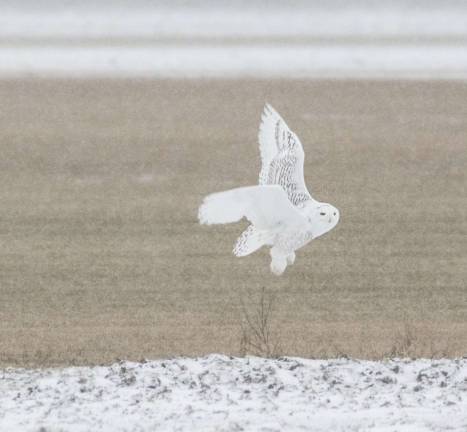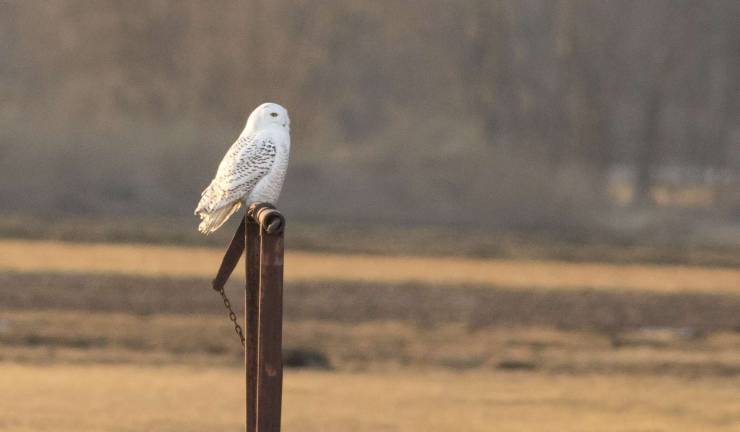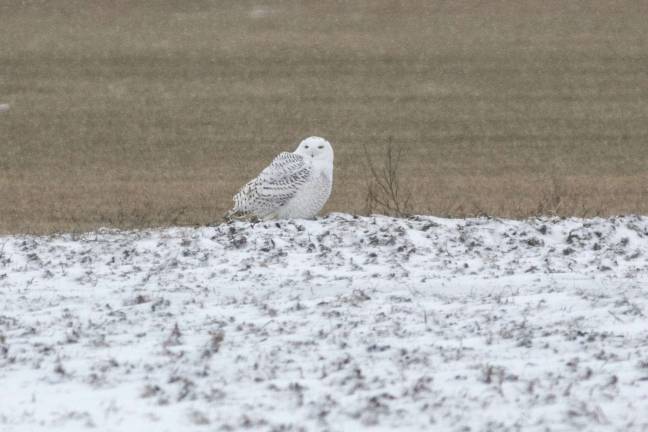Hello, I love you



Even the most oblivious non-birder knows something’s special about the owl she just spotted from her car window, perched on a telephone wire. First, it was out at high noon. Second, it was huge: with a four-to-five-foot wingspan, it’s one of the biggest owls there is. Third, it was white as the driven snow.
Why so many snowy owls have strayed from the Arctic Tundra to the Lower 48 is a subject of speculation. These irruptions, or sudden increases in population, tend to occur every four years. Everyone agrees that they are linked to the owls’ primary food source, lemmings. But whether what we’re seeing is the result of a spike in the lemming population or a drop in the lemming population, is a matter of speculation.
One thing’s certain: “This is the biggest incursion of snowy owls into the Northeast in memory,” said Wade Wander, an ecological consultant based in northern New Jersey. “I think the one you’re referring to is the one that showed up in Pine Island, but there were a whole bunch of other ones reported along the Jersey coast and JFK airport.” The birds we’re seeing are “mostly young birds, birds that were hatched in 2013 up in the Arctic.”
Photographer Bob Breese spotted this owl – whose feather pattern suggests it’s a juvenile male, according to Wander – off Skinner Lane, in the black dirt region in Warwick, in fields that in the summer grow sod, onions and pumpkins. Since we don’t have lemmings, he’ll hunt other small rodents, like mice, rats, rabbits and squirrels. Snowy owls probably would not take prey as big as a chicken, said Molly Check, a naturalist at the Pike Environmental Education Center.
Fewer mice and rats sounds like good news, but increased competition may mean lean times ahead for hawks and other raptors, Check said.
Because they sit atop the food chain, snowy owls can afford not to be shy. They like wide open spaces that resemble the tundra, and because the arctic summer is light all the time, they have adapted to hunting in broad daylight. “It’s a great opportunity for us to see a bird we don’t get a chance to see,” said Check. “Go check it out.”